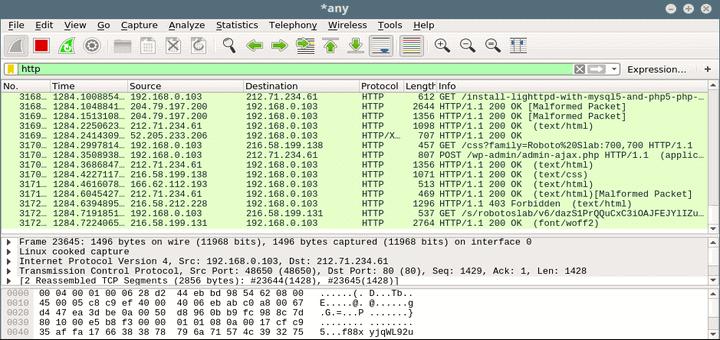

It’s important to note that if there are intermediary devices between the two endpoints that terminate the connection such as proxy or reverse proxy servers then neither of these methods would work as the client and server never directly exchange packets. If the traffic is UDP we would need to rely on the IP Identification field or something in the application data but as I’m dealing with TCP I’ve gone with TCP Sequence numbers in my code. There are two common ways to find the same packet in packet captures from two different sides of the connection. How to match packets between the client and server in packet captures? What we want to do in this post is get mapping of the TCP sessions between the client and server, for example, TCP Stream #12 on the client side may correspond with TCP Stream #16 in the server’s packet capture. A TCP Stream begins with a 3 way TCP handshake ( SYN, SYN/ACK, ACK), contains some data, and then ends.īut that’s not always the case, in Wireshark a TCP Stream can also be SYN packets with no response. Following a TCP Stream will set the display filter to only show that specific session. The session/stream index can be viewed in the TCP section of the packet under the Stream Index label. Wireshark keeps track of TCP sessions inside a packet capture and these can be accessed using the tcp.stream display filter. I created a quick PowerShell script to help with this and that’s what we’re going to discuss in this post.īut first a bit of theory. I recently had so do something along these lines and found myself needing to map TCP sessions between the client and the server packet captures as well as find SYN packets from the client with which did not make it to the server. Other times it can be a bit painful especially if another party is providing one of the capture files and your TCP sessions are all over the place. Sometimes this is relatively easy if you can trigger the traffic and start your Wireshark captures at the same time. If you’ve had to diagnose application issues where there may be a network fault (or the vendor is blaming the network 😡) you may have taken packet captures at both sides of the connection and then compared them. & ! TCP Streams Between Client And Server Wireshark Packet Captures Using Powershell Ip.addr = 10.0.0.0/24 įrame contains traffic


 0 kommentar(er)
0 kommentar(er)
